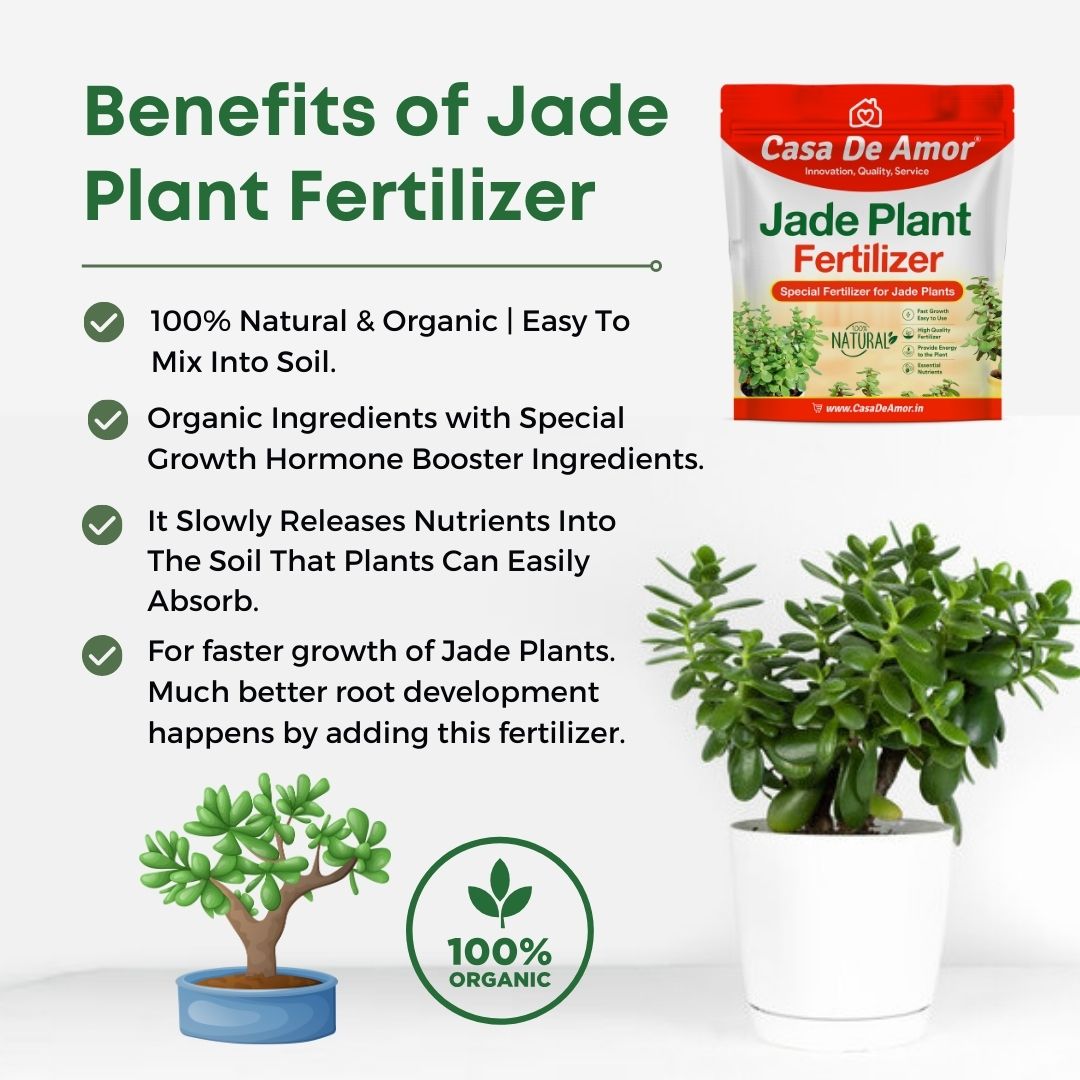The Verdant Virtues of Jade: Unearthing the Myriad Benefits of the Crassula Ovata
The jade plant, scientifically known as Crassula ovata, is a succulent that has graced homes and offices for generations. Its glossy, plump leaves and ease of care have made it a popular choice for indoor greenery. However, the jade plant offers far more than just aesthetic appeal. This resilient succulent boasts a wealth of benefits, ranging from air purification to stress reduction, making it a valuable addition to any living space. Let’s delve into the comprehensive world of jade plant benefits, exploring its diverse applications and the science behind its positive impacts.
Feng Shui Significance
The jade plant is deeply rooted in Feng Shui, where it’s considered a symbol of prosperity, wealth, and good fortune. Its rounded leaves, resembling coins, are believed to attract positive energy and financial abundance. Placing a jade plant in the southeast corner of your home or office, the traditional wealth corner, is thought to amplify these beneficial energies.
Gift of Good Luck

Beyond Feng Shui, the jade plant is often gifted as a token of good luck for new homes, businesses, or celebrations. It represents well-wishes for prosperity and longevity. The act of gifting a jade plant is a gesture of positive intention, spreading good vibes and fostering a sense of well-being.
Removal of Volatile Organic Compounds (VOCs)
Like many succulents, the jade plant is adept at purifying the air by removing harmful volatile organic compounds (VOCs). VOCs are released from various household items, including paints, furniture, and cleaning products, and can contribute to indoor air pollution. Jade plants absorb these toxins, converting them into harmless substances.
Increased Oxygen Levels
During photosynthesis, jade plants absorb carbon dioxide and release oxygen, contributing to cleaner and fresher indoor air. While the effects of house plants on air quality are debated, plants do indeed process carbon dioxide, and in a closed enviroment, they contribute to the oxygen levels.
Improved Indoor Air Quality

By removing toxins and increasing oxygen levels, jade plants contribute to improved indoor air quality. This can lead to a reduction in headaches, fatigue, and respiratory problems, particularly for individuals sensitive to indoor pollutants.
Visual Appeal and Connection to Nature
The soothing green hues and plump, rounded leaves of the jade plant create a calming visual effect. Bringing a touch of nature indoors has been shown to reduce stress and promote relaxation. Simply observing the jade plant can have a tranquilizing effect on the mind.
Stress Reduction and Anxiety Relief
The act of caring for a jade plant can be a therapeutic experience. Nurturing a living organism, watering it, and observing its growth can be a meditative and stress-relieving activity. The responsibility of plant care can also foster a sense of purpose and connection.
Improved Mood and Well-being

Studies have shown that exposure to greenery can boost mood and improve overall well-being. The presence of a jade plant in your living or working space can create a more positive and uplifting atmosphere.
Improved Humidity Levels
As succulents, jade plants store water in their leaves, releasing moisture into the air. This can help to improve humidity levels, particularly in dry environments. Increased humidity can alleviate dry skin, irritated throats, and respiratory discomfort.
Potential Medicinal Uses
In some traditional medicine systems, jade plants have been used for their potential medicinal properties. The sap of the leaves has been applied topically to treat warts, minor cuts, and burns. It is important to note that scientific evidence supporting these traditional uses is limited, and further research is needed.
Mental Health benefits of nature interaction.
It is well documented that interacting with nature, in many forms, is great for mental health. In a similar way that one might experience benefits from a walk in the woods, the simple action of caring for and observing a jade plant, brings an interaction with the natural world into the home.
Proper Sunlight and Watering
To ensure your jade plant thrives and delivers its full range of benefits, it’s essential to provide it with proper care. Jade plants prefer bright, indirect sunlight and require infrequent watering. Allow the soil to dry out completely between waterings to prevent root rot.
Well-Draining Soil and Pot
Use a well-draining potting mix specifically designed for succulents. A pot with drainage holes is also essential to prevent waterlogging.
Fertilization
Fertilize your jade plant sparingly during the growing season (spring and summer) with a diluted succulent fertilizer.
Pest Control
Keep an eye out for common pests such as mealybugs and spider mites. If you notice any signs of infestation, take prompt action to treat the plant.
Crassula Ovata ‘Variegata’
This variety features leaves with creamy white or yellow variegation, adding a touch of visual interest.
Crassula Ovata ‘Hobbit’ and ‘Gollum’
These varieties have unique, tubular leaves resembling fingers, creating a whimsical appearance.
Crassula Ovata ‘Tricolor’
This variety displays leaves with pink, white, and green hues, offering a vibrant burst of color.
Crassula Ovata ‘Blue Bird’
This variant boasts blue-grey leaf coloring, adding a cool tone to its look.
Sustainable Indoor Decor.
Jade plants, being easy to propogate, are a sustainable way to bring plant life into the home. one plant can easily be split and propogated into many, meaning a lower impact on plant harvesting.
Lowering Indoor Temperatures.
Through a process known as evapotranspiration, plants, including jade plants, release water vapor into the air. This can slightly lower indoor temperatures, especially in arid climates.
The jade plant is a multifaceted gem, offering a wealth of benefits beyond its aesthetic appeal. From air purification and stress reduction to its symbolic significance and potential medicinal properties, this versatile succulent deserves a place in every home. By providing proper care and appreciating its diverse virtues, you can unlock the full potential of this remarkable plant. While the impact of houseplants on indoor air quality is constantly being refined, it is inarguable that plants bring a positive impact to the mental well being of the owner.
